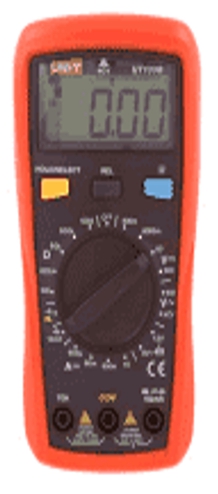Laboratory Equipment Details
Complete information about this device
Device Gallery

Available
Reservations
0Views
38Overall service quality rating
0/5
Information about devices and laboratories is clear and updated
0/5
The device search interface is effective
0/5
Steps to request the use of a device are clear
0/5
Devices are in good working condition
0/5
Contributes to obtaining accurate research results
0/5
Devices are available at the required times
0/5
Response to inquiries in a timely manner
0/5
Technical support is qualified
0/5
Contributed to the completion of research
0/5
Recommend your colleagues to use the service
0/5
Device Information
Device Name
Digital Multimeter
Model
1
Units Available
5
Manufacture Year
Manufacturer Website
Description
• Powered by a magnificent potential that aids in keeping your device fueled up for a prolonged time • Profoundly articulated circuitry effectively hinders abrupt concussions • Premium material construction exhibits abrasion resistant durability A digital multimeter, or DMM, measures and verifies multiple electrical stimuli, including voltage, current and resistance. It's a daily diagnostic tool used by technicians and electrical engineers and combines the features of a voltmeter, ammeter and ohmmeter. How to use a multimeter Digital multimeters combine the testing capabilities of single-task meters—the voltmeter (for measuring volts), ammeter (amps) and ohmmeter (ohms). Often, they include several additional specialized features or advanced options. Technicians with specific needs, therefore, can seek out a model targeted to meet their needs. The face of a multimeter typically includes four components: • Display: Where measurement readouts can be viewed. • Buttons: For selecting various functions; the options vary by model. • Dial (or rotary switch): For selecting primary measurement values (volts, amps, ohms). • Input jacks: Where test leads are inserted.
Services & Pricing
| Service | Cost |
|---|---|
| - |